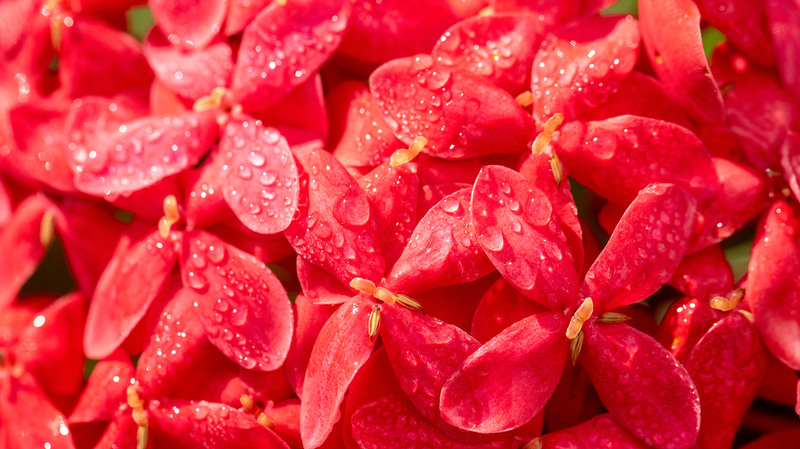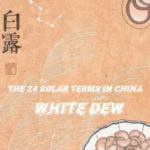As the Hanlu solar term begins, China’s landscapes transform into a canvas of late autumn beauty. Known as Cold Dew, this period marks a shift toward crisper air, mist-laden mornings, and hillsides ablaze with crimson foliage. The fading hum of cicadas and lotus leaves resting on ponds signal nature’s quiet transition, offering a moment to reflect on both ecological rhythms and cultural heritage.
Cold Dew, the fifth of autumn’s six solar terms, holds deep agricultural significance. Farmers across the Chinese mainland accelerate harvests of rice, corn, and persimmons while preparing for winter crops. For travelers, it’s an ideal time to visit regions like the Yellow Mountains or Beijing’s Fragrant Hills, where autumn’s palette draws millions of visitors annually.
Beyond its visual allure, the solar term underscores traditional practices. Families often brew chrysanthemum tea, believed to nourish the lungs during drier weather, while coastal communities in Fujian and Zhejiang celebrate seasonal seafood harvests. Academics note how these customs, rooted in ancient lunar calendars, continue to shape modern life and regional tourism economies.
Reference(s):
cgtn.com








